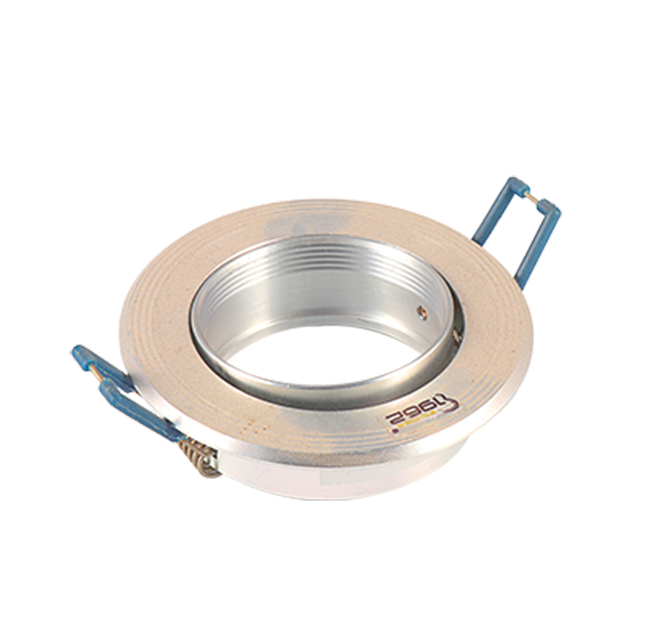Time:2025-07-10 Views:0 source:CNC Machining customization source:CNC Machining news

The combination of sheet metal processing and non-metallic sheets has opened up new possibilities in various industries, offering a blend of the mechanical strength of metals and the unique properties of non-metallic materials. One common method of combining these materials is through adhesive bonding. Specialized industrial adhesives are used to join sheet metal and non-metallic sheets. For example, in the automotive industry, when aiming to reduce the weight of vehicle components while maintaining structural integrity, lightweight non-metallic materials like carbon fiber reinforced polymers (CFRP) can be bonded to sheet metal. The adhesive must have excellent bonding strength, chemical resistance, and durability to withstand the harsh operating conditions of a vehicle, such as vibrations, temperature fluctuations, and exposure to moisture and chemicals. To ensure a reliable bond, the surfaces of both the sheet metal and the non-metallic sheet need to be properly prepared. This may involve cleaning, roughening, and applying a primer to enhance adhesion.
Another approach is mechanical fastening. Rivets, screws, and bolts can be used to secure non-metallic sheets to sheet metal. This method is often preferred when a stronger connection is required or when the components need to be disassembled for maintenance or repair. In the construction of electronic enclosures, plastic or composite non-metallic sheets can be attached to sheet metal frames using self-tapping screws. The choice of fasteners depends on factors such as the thickness and material properties of both the sheet metal and the non-metallic sheet, as well as the expected load and environmental conditions. Additionally, washers may be used to distribute the load evenly and prevent damage to the non-metallic material.
In some cases, a combination of adhesive bonding and mechanical fastening is employed. This hybrid approach maximizes the benefits of both methods, providing a strong and reliable connection. For instance, in aerospace applications, where weight reduction and high structural performance are crucial, non-metallic honeycomb core materials can be bonded to sheet metal skins using adhesives, and then additional mechanical fasteners are used at critical load-bearing points. This combination not only reduces the overall weight of the aircraft components but also enhances their strength and stiffness. Moreover, the integration of sheet metal and non-metallic sheets allows for the creation of components with unique aesthetic and functional characteristics. Non-metallic sheets can be used to add decorative elements or to provide electrical insulation, while the sheet metal provides the necessary structural support.
Read recommendations:
Sealing ring Precision electronic parts
Housing components for recessed downlights Precision electronic parts
Oval Magnetic Hardware Precision electronic parts
CNC Machining Dimension Accuracy
CNC processing factory - Meeting customers' strict requirements for precision